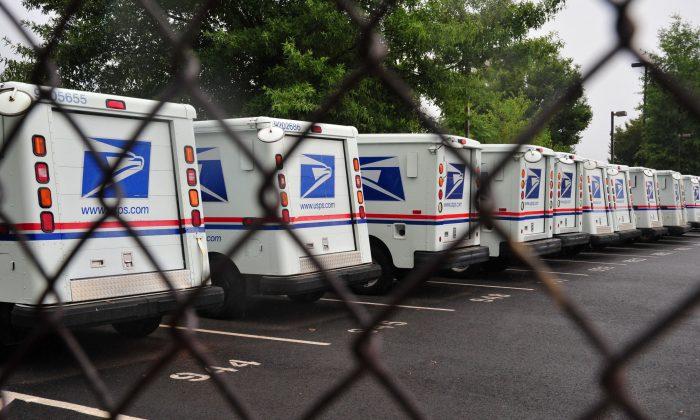The media and public can’t wait to see the changes in U.S. civilian workforce statistics. After all, we all care about jobs. However, despite some interesting details, the public generally doesn’t discuss the federal government’s workforce.
In August for example, Gallup Inc., a research company based in Washington, D.C., stated government jobs are disappearing. Until March, Gallup reported modest hiring by the U.S. government.
“A key explanation for this decline could be federal sequestration,” said a Gallup report.
For most of the past years, hiring was up and down by U.S. state, local, and federal governments. But by January 2013, state and local governments stopped hiring and even reduced their workforces.
In July, the federal government followed suit and cut its workforce by 17 percent, according to the report.
The reason for the delay: Sequestration went into effect in March 2013, but agencies didn’t implement furloughs and layoffs of federal employees until July.
In July, 42 percent of government employees polled said their agencies are downsizing, up from 25 percent in June. However, hiring wasn’t completely curtailed, as 25 percent of those polled said their agencies were hiring people, down from 32 percent in June. On balance, this still means a net loss in government jobs.
Private Sectors and Government Numbers Don’t Match
Gallup, a private sector company, reported its workforce statistics based on survey results by individuals conducted during the month of July. The Bureau of Labor Statistics (BLS) on the other hand used survey results from larger entities, including small and large companies, federal, state, and local governments.
The result are BLS numbers completely different from Gallup, at least when it comes to July. According to its latest report, the Postal Service was responsible for most of the jobs lost in July but on balance all government sectors actually added 1,000 positions during that month.
The White House fiscal year 2013 budget confirms the Gallup numbers, showing a total decrease in government workers for 2013. Federal employment decreased from of 4.36 million in 2011 to an estimated 4.31 million in 2012 and 4.27 million in 2013, a drop of 0.8 percent.
BLS confirms the numbers for 2013 year to date, showing a decline of 53,000.
Not Many Government Workers by Historical Standards
“The size of the Federal civilian workforce relative to the country’s population has declined dramatically over the last several decades, notwithstanding occasional up ticks,” stated the White House.
Between the 1950s and the 1960s the ratio of U.S. residents versus federal government workers was 92 to 1. Twenty years later, the ratio was 106 to 1 and 145 to 1 by 2011.
An Office of Personnel Management (OPM) table showed there were 5.4 million federal employees in 1962. In 1968, the number of federal employees peaked at 6.6 million and bottomed out in 2007 at 4.1 million.
“Looking at the size of the federal workforce without taking population size into account is very misleading,” states a 2013 article on the Remapping Debate website.
After all, it seems that the public sector is not bloated when looking just at the number of people employed. Remuneration, perks, and benefits could be what are busting the budgets. Nevertheless, the government seems to be intent on cutting total personnel count.




